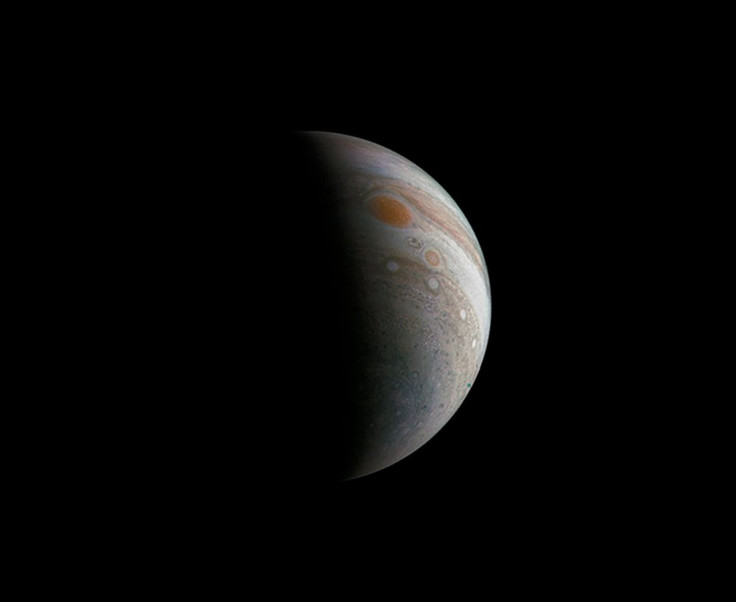JUICE, ESA's Jupiter Mission, Moves Into Construction Phase

JUICE — the European Space Agency’s upcoming mission to Jupiter — has moved from the drawing board to the construction phase, the ESA announced Thursday. The spacecraft, scheduled for launch in 2022, aims to not only better understand the atmospheric dynamics of the gas giant, but to also glean crucial insights into the environments of its many moons.
JUICE — an acronym for Jupiter Icy Moons Explorer — is expected to arrive at the Jovian system in 2029, where it will spend three-and-a-half years in orbit around the planet. The ESA also plans to briefly put the probe in orbit around the giant Jovian moon Ganymede — a maneuver that, if successful, would mark the first time any moon other than our own has been orbited by a human-made object.
Read: Study Sheds Light On Jupiter’s Formation And Migration
“In order to ensure it can address these goals in the challenging Jovian environment, the spacecraft’s design has to meet stringent requirements. An important milestone was reached earlier this month, when the preliminary design of Juice and its interfaces with the scientific instruments and the ground stations were fixed, which will now allow a prototype spacecraft to be built for rigorous testing,” the ESA said in a statement. “The review also confirmed that the 5.3 ton spacecraft will be compatible with its Ariane 5 launcher.”
Ariane 5, built and operated by the French aerospace company Arianespace, is a heavy lift launcher that can carry over 10 metric tons of payload to geostationary transfer orbit.
“The spacecraft’s main engine will be used to enter orbit around the giant planet, and later around Jupiter’s largest moon, Ganymede. As such, the engine design has also been critically reviewed at this stage,” the ESA said.
After the spacecraft is launched, it will take five gravity assists — a maneuver that involves using a planet’s (or planets’) gravity to increase a spacecraft’s momentum and kinetic energy, and its direction. JUICE will, on its way to Jupiter, seek five gravity assists — one each at Mars and Venus, and three at Earth.
“Operating in the outer Solar System, far from the Sun, means that Juice needs a large solar array: two wings of five panels each are foreseen, which will cover a total surface area of nearly 100 square meters, capable of providing 820 W at Jupiter by the end of the mission,” the ESA said. “Its solar panels will have to cope with a range of temperatures such that when it is flying closer to the Sun during the Venus flyby, the solar wings will be tilted to avoid excessive temperatures damaging the solar cells.”
This is not the only upcoming mission that aims to investigate the Jovian system. NASA’s Europa Clipper mission, which involves sending a spacecraft to carry out several flybys of Jupiter’s moon Europa — the most promising place to look for life beyond Earth in our solar system — will be launched in the 2020s.
During each flyby, instruments on board the NASA spacecraft would snap high-resolution photographs of the moon’s icy surface and investigate its composition and the structure of its interior and icy shell.
© Copyright IBTimes 2024. All rights reserved.












